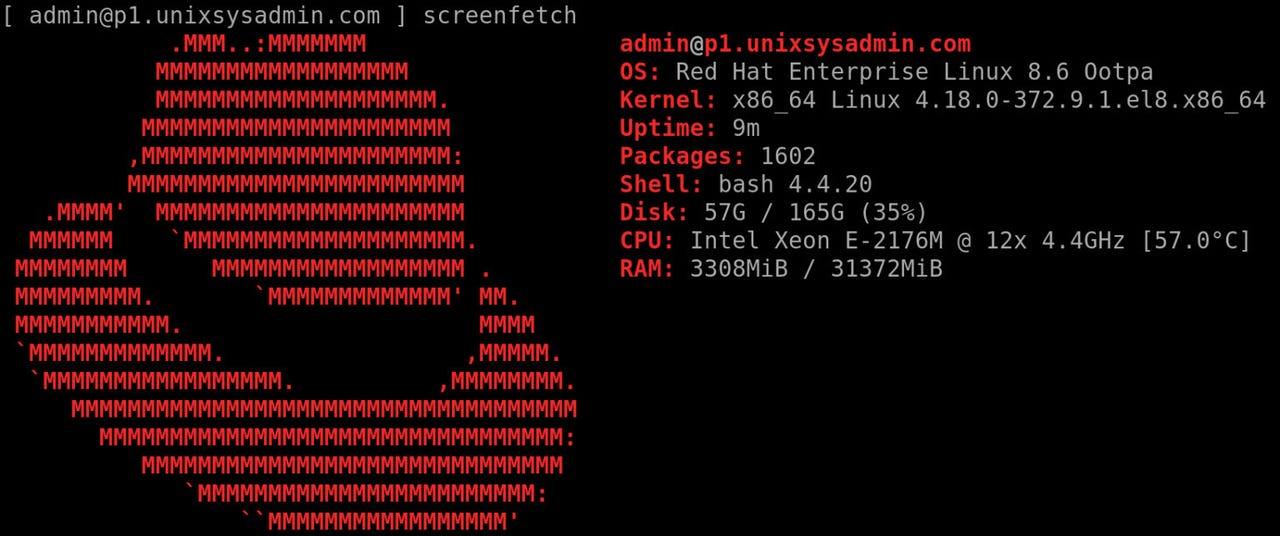'ZDNET Recommends': What exactly does it mean?
ZDNET's recommendations are based on many hours of testing, research, and comparison shopping. We gather data from the best available sources, including vendor and retailer listings as well as other relevant and independent reviews sites. And we pore over customer reviews to find out what matters to real people who already own and use the products and services we’re assessing.
When you click through from our site to a retailer and buy a product or service, we may earn affiliate commissions. This helps support our work, but does not affect what we cover or how, and it does not affect the price you pay. Neither ZDNET nor the author are compensated for these independent reviews. Indeed, we follow strict guidelines that ensure our editorial content is never influenced by advertisers.
ZDNET's editorial team writes on behalf of you, our reader. Our goal is to deliver the most accurate information and the most knowledgeable advice possible in order to help you make smarter buying decisions on tech gear and a wide array of products and services. Our editors thoroughly review and fact-check every article to ensure that our content meets the highest standards. If we have made an error or published misleading information, we will correct or clarify the article. If you see inaccuracies in our content, please report the mistake via this form.
Red Hat releases a virtual Red Hat Enterprise Linux desktop on AWS


Once upon a time, and it wasn't that long ago, "desktops" were terminals to mainframes or midrange computers running Unix. Then along came the PC, and everything changed. That is, until now. Today, Desktop-as-a-Service (DaaS) is making a comeback. And Red Hat is joining this trend with the general availability of Red Hat Enterprise Linux for Workstations (RHEL WS) on Amazon Web Services, announced Tuesday.
Cloud
It's not the only one. Canonical, Ubuntu Linux's parent company, is now offering its Ubuntu desktop on AWS as well. And, if you've been watching closely, Microsoft has the same plan.
Forget about Windows on your PC, Microsoft's plan going forward is to have you subscribe to Windows 365 Cloud PC or the Azure Virtual Desktop. Microsoft doesn't care if you run "Windows" on a Windows PC, Mac, or old-school Linux desktop such as Linux Mint.
The same's true with Red Hat. The traditional desktop hasn't been a big part of Red Hat's business plans since it made the switch from Red Hat Linux to RHEL in 2004. Today, Red Hat will be happy for you to run RHEL WS via either an Amazon-provided NICE DCV, AWS's high-performance remote display protocol client, or your web browser of choice.
NICE DCV supports both Windows and Linux remote environments. It's available with native clients for Windows, Linux, and MacOS. These native clients support up to 4K resolution, multiple monitors, and features such as stylus/touch support, USB devices, multichannel audio, smart cards, and file redirection. It can also work, albeit not as well, with any modern web browser.
So, if you really wanted to run an RHEL WS from, say, your iPad Pro, you could. Whatever platform you use, you'll get a high-end RHEL WS desktop for running power-hungry workloads such as animation rendering or data visualization.
Also: Want to ditch Windows? Windowsfx may be the ideal Linux distribution for you
This is a long way from when I used to write with vi on a VT-102 terminal attached to an AT&T 3B2 minicomputer. These AWS RHEL WS instances use GPU-accelerated hardware instances to handle graphics-intensive processes. It does this with powerful Amazon EC2 instances, including G-family accelerated instances with Graviton processors.
This is far more powerful than traditional DaaS you may have used in the past, such as the Linux-based Chromebooks or Windows-enabled Critix. Red Hat and AWS can pull this off because of NICE DCV, AWS's high-end processors, and the growth of last-mile high-speed Internet. This service is not for anyone still using DSL!
No, this new Red Hat desktop take is meant for remote workers at animation studios, visual effects companies, and industrial design firms, who need workstation power at users' homes. This is a work-from-home offering for 21st-century high-end users. On this new platform, you'll have the same access to the full RHEL software suite and independent software vendor (ISV) applications.
Want to give it a try? It's available today via the AWS Marketplace with support for both RHEL WS 8.6 GRID and Tesla drivers. With either instance, you're looking at an average price of 56.4 cents per hour.
Related stories: